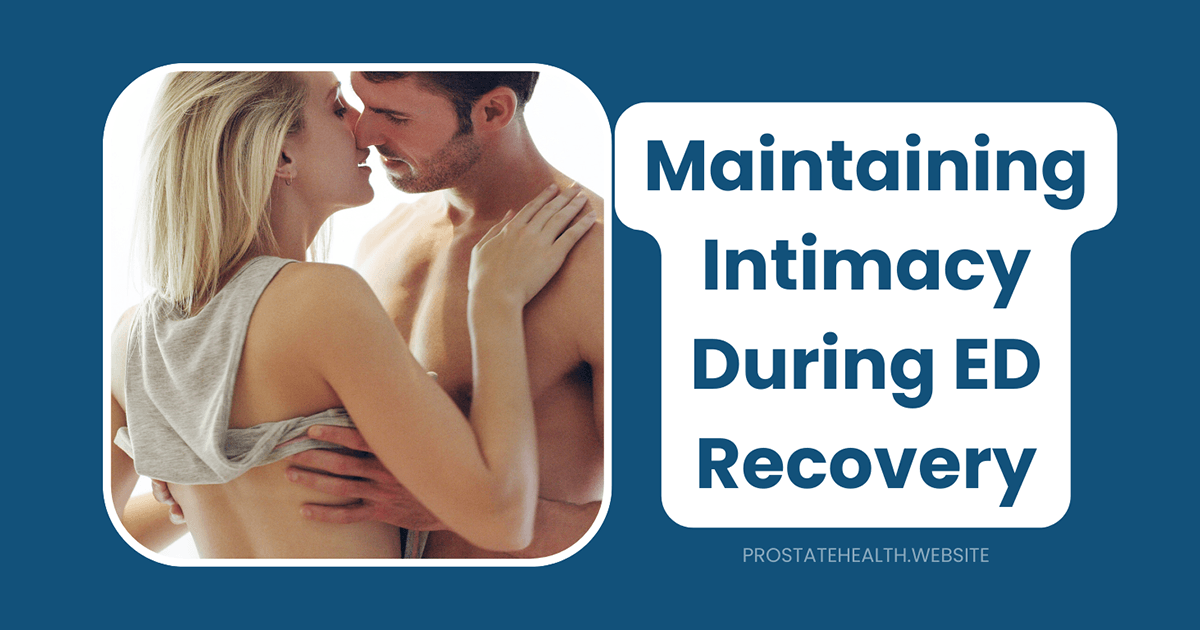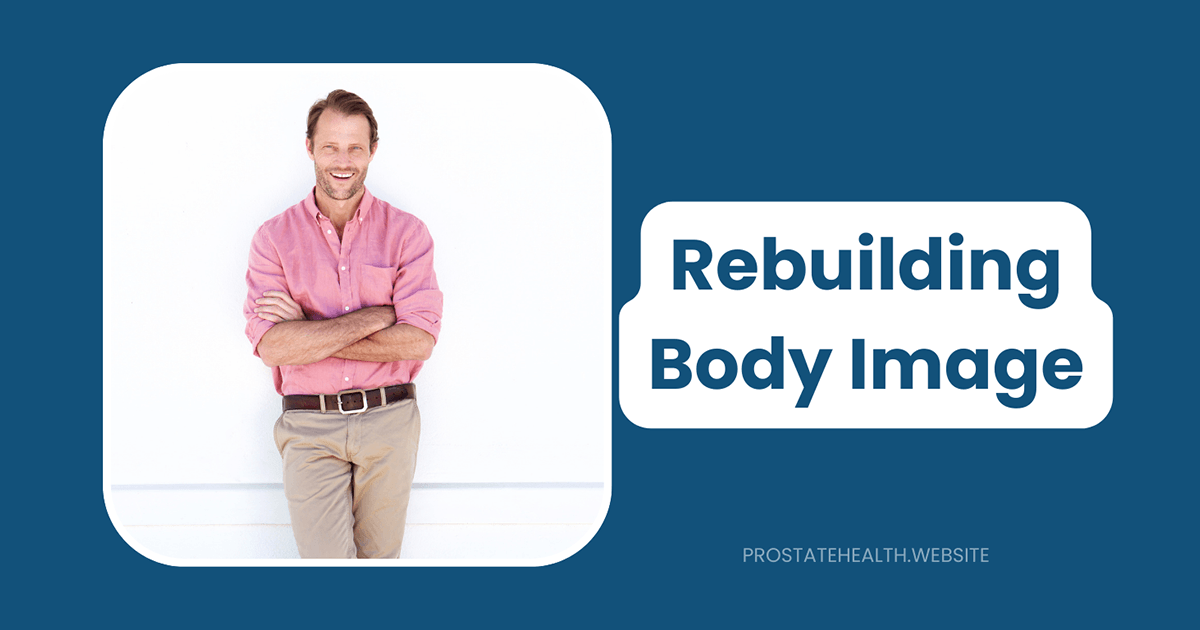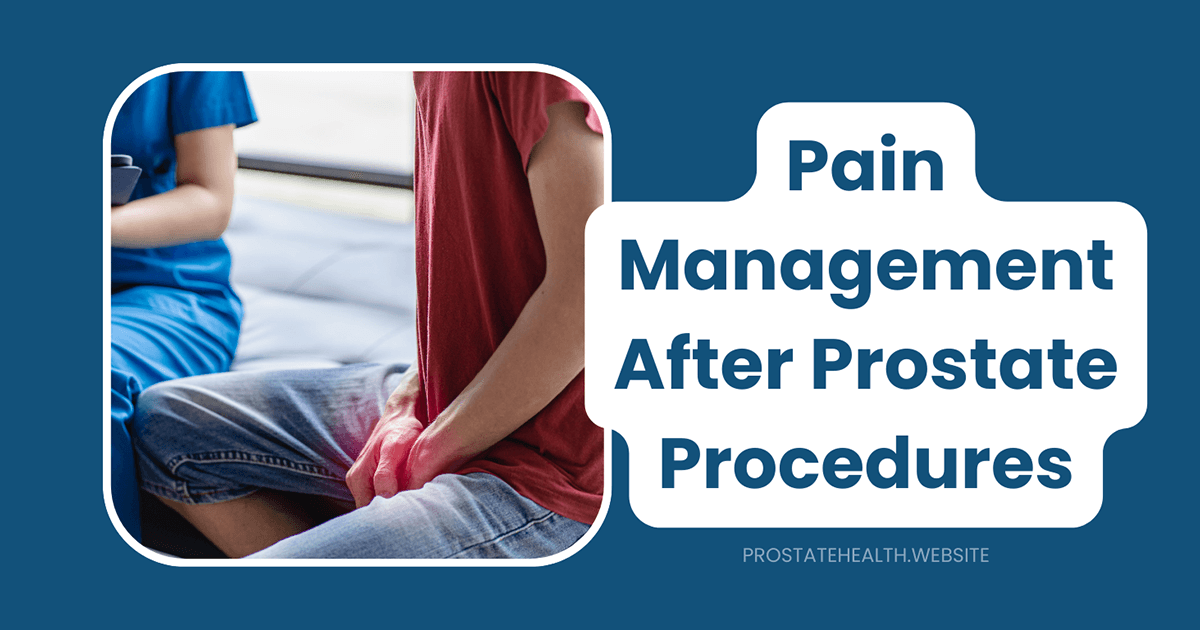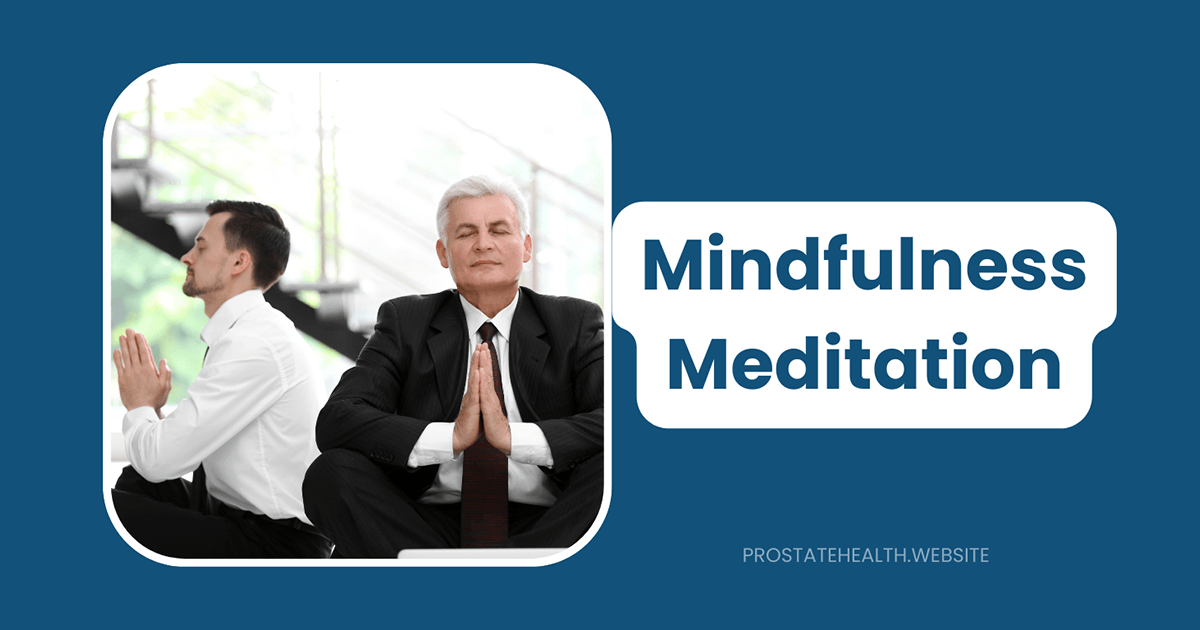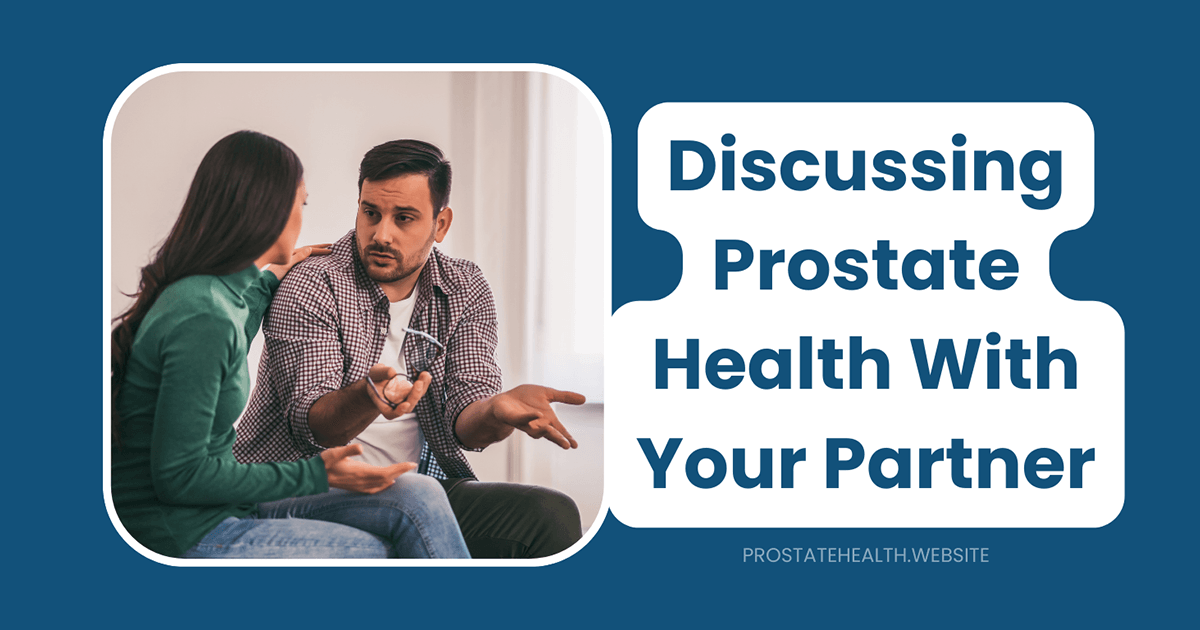Finding the Right Support Group: In-Person vs. Online Options
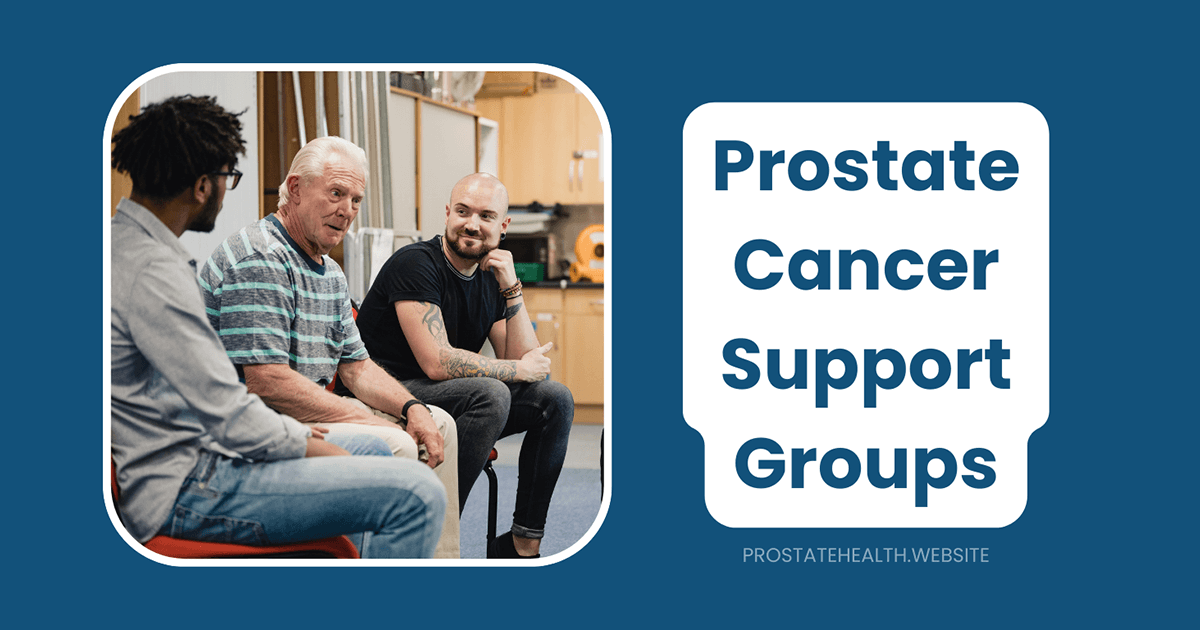
When John first heard those three words—”You have cancer”—his world tilted on its axis. As a successful business owner and father of three, he’d always been the one others leaned on. Now, facing prostate cancer at 58, he felt adrift, unsure where to turn for support.
“I didn’t want to burden my family with my fears,” John told me. “But keeping everything bottled up was making it worse. I needed to talk to someone who truly understood what I was going through.”
John’s experience mirrors what many men face after a prostate cancer diagnosis. That feeling of isolation, despite being surrounded by loving family and friends, is remarkably common. It’s why support groups have become such a vital lifeline for men navigating this journey.
But in today’s world, men have choices about how they connect with others—traditional in-person support groups or the growing array of online communities. Each offers distinct benefits and considerations. This guide will help you understand your options and find the right support system for your unique situation.
Why Support Groups Matter: The Evidence Is Clear
Before diving into the types of support groups, let’s address a question many men silently ask: “Do I really need this?”
The research says yes. Studies consistently show that men who participate in support groups experience:
- Reduced feelings of isolation and loneliness
- Lower levels of anxiety and depression
- Better understanding of their condition and treatment options
- Improved communication with healthcare providers
- Enhanced coping skills for managing side effects
- Greater sense of control over their situation
- Improved quality of life
Perhaps most compelling is research suggesting that social support may actually improve survival outcomes. A landmark study published in the Journal of Clinical Oncology found that cancer patients who participated in support groups lived longer than those who faced their diagnosis alone.
As one support group member put it: “I came for information, but I stayed for the brotherhood. These men understand things my family simply can’t, no matter how much they love me.”
In-Person Support Groups: The Power of Physical Presence
Traditional face-to-face support groups have been the backbone of cancer support for decades, and for good reason. There’s something powerful about sitting in a room with others who share your experience.
The Benefits of In-Person Groups
1. Immediate Human Connection
The simple act of shaking hands, making eye contact, or placing a supportive hand on someone’s shoulder creates a level of connection that’s difficult to replicate digitally. These non-verbal cues build trust and intimacy quickly.
“I was surprised by how quickly I felt comfortable,” says Michael, 62, who joined a support group three weeks after his diagnosis. “There’s something about being physically present with others that made it easier to open up about things I’d never discussed before—even with my wife of 40 years.”
2. Structured Support and Professional Guidance
Many in-person groups are facilitated by healthcare professionals, social workers, or trained volunteers who can:
- Guide discussions productively
- Provide accurate medical information
- Recognize when someone needs additional support
- Connect members with local resources
3. Focused Attention and Engagement
In-person meetings create a dedicated space and time for support, free from the distractions of home and technology. This focused environment often leads to deeper conversations and insights.
4. Local Resources and Connections
Face-to-face groups naturally connect you with men in your community, which can lead to:
- Recommendations for local specialists
- Information about nearby treatment facilities
- Carpooling to appointments
- Friendships that extend beyond the group setting
Potential Drawbacks to Consider
While in-person groups offer tremendous benefits, they’re not without challenges:
- Geographic limitations: You’re limited to groups within driving distance
- Scheduling constraints: Meeting times may conflict with work or family obligations
- Health considerations: During treatment, your immune system or energy levels may make attendance difficult
- Privacy concerns: Some men worry about being recognized in their community
Online Support Communities: Connection Without Boundaries
The digital revolution has transformed how we connect, and support groups are no exception. Online communities have exploded in popularity, offering new ways for men to find support.
The Benefits of Online Groups
1. Accessibility and Convenience
Online support is available 24/7, regardless of your location, physical condition, or schedule. This accessibility is particularly valuable for:
- Men in rural areas without local groups
- Those with demanding work schedules
- Individuals with mobility issues or treatment side effects that make travel difficult
- Men who need support outside regular meeting hours
“During my radiation treatments, I was exhausted most evenings,” shares Robert, 55. “The online community became my lifeline. I could log in at 3 AM when sleep eluded me and always find someone to talk to.”
2. Broader Perspectives and Experiences
Online communities often connect men across geographic, cultural, and socioeconomic boundaries, providing access to a wider range of experiences and insights.
This diversity can be particularly valuable when:
- You have a rare form of prostate cancer
- You’re considering an uncommon treatment
- You’re dealing with unusual side effects
- You want to hear multiple perspectives on specialists or treatment centers
3. Anonymity and Openness
The relative anonymity of online groups can make it easier to discuss sensitive topics like sexual side effects, incontinence, or emotional struggles.
“I couldn’t imagine discussing erectile dysfunction face-to-face with strangers,” admits Thomas, 49. “But typing about it in an online forum felt safer. That initial anonymity helped me overcome my embarrassment, and eventually, I became comfortable discussing these issues openly.”
4. Searchable Resources and Information
Online communities create a searchable repository of experiences and information. Rather than waiting for a weekly meeting to ask a question, you can:
- Search archives for similar situations
- Post questions and receive multiple responses quickly
- Access links to articles, research, and resources
- Review past discussions at your own pace
Potential Drawbacks
Online support also comes with unique challenges:
- Information quality concerns: Not all shared information is medically accurate
- Missing non-verbal cues: Text-based communication lacks tone, facial expressions, and body language
- Technology barriers: Some men may find platforms difficult to navigate
- Potential for isolation: Online-only support might not fully address the need for in-person connection
Hybrid Options: The Best of Both Worlds
Increasingly, men are finding that combining in-person and online support offers the most comprehensive approach.
How Hybrid Support Works
Many established organizations now offer multiple ways to connect:
- Traditional in-person groups with supplemental online forums
- Virtual meetings via video platforms like Zoom
- Private Facebook groups for members of local support communities
- Text or email chains between in-person meetings
- Buddy systems that pair men for one-on-one support between group sessions
“Our local group meets monthly in person,” explains James, a support group leader. “But we maintain an active online community where members can connect between meetings. During the pandemic, we shifted entirely online, and now we’ve kept both options available. Some men attend in person, others join virtually, and many do both depending on their needs that month.”
Finding the Right Fit: Questions to Consider
With so many options available, how do you find the support group that’s right for you? Consider these questions:
1. What are your primary support needs?
- Information and education: If your main goal is learning about treatment options and side effect management, larger online communities might offer the broadest range of experiences.
- Emotional support: If you’re struggling with anxiety, depression, or fear, the warmth of in-person connection might be particularly valuable.
- Practical assistance: If you need help with transportation to appointments or local resources, in-person groups in your community will be most helpful.
2. What are your practical constraints?
- Location: How far are you willing to travel for meetings?
- Schedule: When are you available for support activities?
- Health status: Does your treatment schedule or side effects limit your ability to attend in-person meetings?
- Technology access: Do you have reliable internet and comfort with online platforms?
3. What environment helps you open up?
- Do you connect better in face-to-face conversations or through written communication?
- Are you comfortable discussing sensitive topics in person, or would you prefer the relative anonymity of online interaction initially?
- Do you prefer structured discussions led by a facilitator, or more informal conversation?
4. What type of community resonates with you?
Some groups have specific focuses or membership:
- Groups specifically for men with advanced or metastatic disease
- Age-specific groups (younger men with prostate cancer face different challenges)
- Groups for gay and bisexual men
- Faith-based support communities
- Groups that include partners and caregivers
Where to Start Your Search
Ready to find your support community? Here are excellent starting points:
For In-Person Groups:
- ZERO – The End of Prostate Cancer: Offers over 160 support groups nationwide, searchable by location.
- Us TOO International: A network of volunteer-led support groups with chapters across the country.
- Your treatment center: Many hospitals and cancer centers host their own support groups. Ask your oncologist, urologist, or nurse navigator.
- American Cancer Society: Provides a resource finder to locate support services in your area.
For Online Communities:
- Prostate Cancer Foundation’s Community Conversations: Moderated online discussions on various aspects of prostate cancer.
- Cancer Survivors Network: The American Cancer Society’s online community includes dedicated prostate cancer discussions.
- Inspire: Hosts a Prostate Cancer Support Community in partnership with Us TOO.
- Facebook Groups: Search for “prostate cancer support” to find numerous private groups.
For Telephone Support:
- ZERO’s MENtor Program: Connects newly diagnosed men with trained survivors for one-on-one support.
- Imerman Angels: Provides personalized connections with someone who has faced the same type of cancer.
- Cancer Support Helpline: Call 1-888-793-9355 for free support from trained counselors.
Making the Most of Your Support Group Experience
Once you’ve found a support group that feels right, these strategies can help you maximize the benefits:
For In-Person Groups:
- Start by listening: It’s perfectly fine to attend your first few meetings primarily as an observer.
- Prepare questions: Jot down specific questions or topics you’d like to discuss.
- Respect boundaries: Everyone’s comfort level with sharing is different.
- Exchange contact information: Connect with members you relate to for support between meetings.
- Bring your partner occasionally: Many groups welcome partners for certain sessions.
For Online Communities:
- Complete your profile: Share as much about your situation as you’re comfortable with.
- Use the search function: Before posting questions, check if they’ve been answered previously.
- Verify medical information: Discuss treatment advice from online groups with your healthcare team.
- Set boundaries: Decide how much personal information you want to share.
- Give as well as receive: Supporting others can be as beneficial as receiving support.
A Personal Note: The Unexpected Gifts of Support Groups
When I was diagnosed with prostate cancer at 47, I thought I could handle it on my own. I was used to being the strong one, the problem-solver. Joining a support group seemed like an admission of weakness.
How wrong I was.
The men I met through my support group became some of the most important people in my life during treatment and beyond. They understood things no one else could—not my wife, not my doctor, not my closest friends. They had walked the path I was on and could shine a light ahead when the way seemed darkest.
What surprised me most was how much strength I gained from helping others. As I moved from newly diagnosed to survivor, being able to offer guidance to men just beginning their journey gave purpose to my experience.
The brotherhood I found wasn’t about being weak together—it was about becoming stronger together.
Whether you choose an in-person group, an online community, or a combination of both, reaching out for support isn’t just about getting help. It’s about joining a community of warriors who understand the battle you’re fighting because they’re fighting it too.
You don’t have to face prostate cancer alone. And more importantly—you shouldn’t.

